Being told that you are appreciated is one of the best things to hear. Saying thank you or thanking someone is not just about having good manners and respect. It is also a way of acknowledging that someone has been a blessing to you, no matter how big or small the favor is. So in this blog, we will learn how to say Thank You in Cantonese.
Saying Thank You
Have you ever experienced asking a favor of someone? Have you received a gift from someone? Of course, we have experienced those things. People become indebted to others, especially during difficult situations, and there is nothing wrong with that. Don’t hesitate to ask for help. If you know that somebody helped you out, it is nice to make them feel appreciated.
Gratitude can magically transform anyone’s day. In the current situation, showing gratitude is one of the simplest but most powerful things we can give each other. Developing an attitude of gratitude and learning to be grateful, even for small and simple things, will give you a more positive outlook in life. It can also brighten someone’s day by telling them that you appreciate him or her. By doing so, watch how it can easily put a smile on their faces.
Ways How To Say Thank You In Cantonese
Traveling across different countries will really require you to learn at least basic words, phrases, and sentences from their language. Make sure that among these useful words, you should not forget to learn a way to say “Thank you”. Yes, you can use English, but isn’t it great to learn the country’s native language? This will not just help you in different situations, but it can also warm the natives’ hearts when it came from a foreigner. This is also a sign of respect for their culture.
There are different ways to say “Thank you” in different languages. When you go to Spain, they say “Gracias.” In Korea, they say “Kamsahamnida.” In Japan, they say “Arigato gozaimasu”. But for Hong Kong and also in Macau, we will talk about four 4 different ways to say “Thank you” in Cantonese.
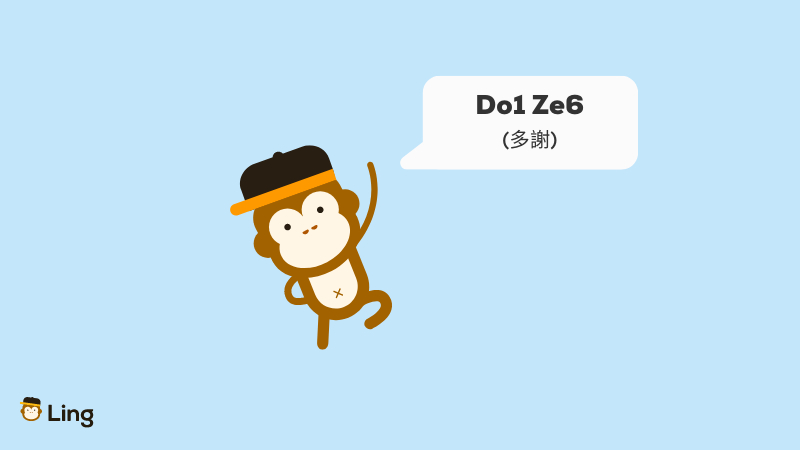
1. Do1 Ze6 (多謝)
This basically means “Thank You” in Cantonese. This is the common and formal way of saying “thanks”. You can use this when you receive a present or a favor from someone. But if you want to say thank you for a gift in advance, say “doh je sin” (with a long I sound). This literally means “Thank you, first” in English. Try saying this with much sincerity and see how it can magically lift up someone else’s mood.
You can also say, “hou2 do1 ze6 nei5” in an informal setting. This also means “Thank you” in Cantonese but with more energy and enthusiasm.
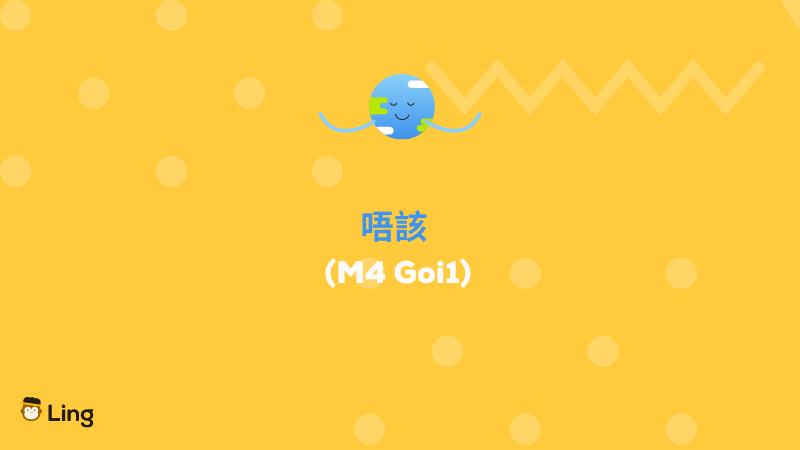
2. M4 Goi1 (唔該)
Exploring the country will bring you to places where you will experience good service from the locals in places like restaurants, malls, and even different transportation like cabs. You can use this word to give compliments and thank someone for their good service. You can also say “m goi nei sin” for a service that is yet to be performed. Workers are the valuable assets of a country. Always remember that you should always be respectful to the workers whether they are a crew or a manager.
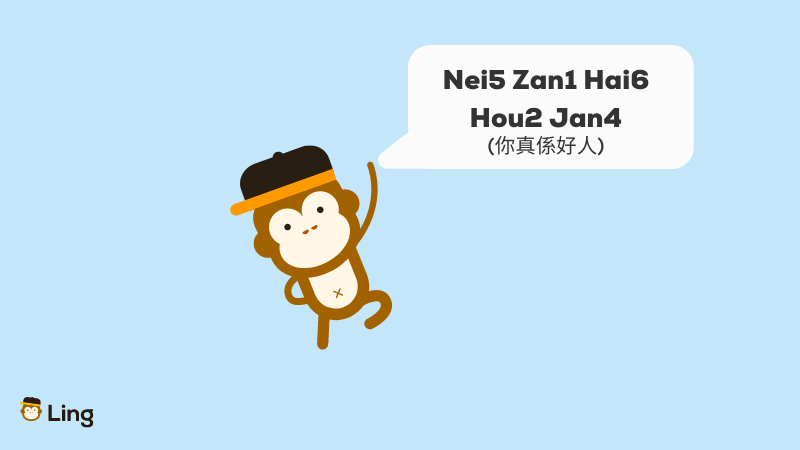
3. Nei5 Zan1 Hai6 Hou2 Jan4 (你真係好人)
They say that no act of kindness, no matter how small, is wasted. So when someone puts a lot of effort into doing something for you, this is one way to say thank you. It means “That’s very kind of you” in English.
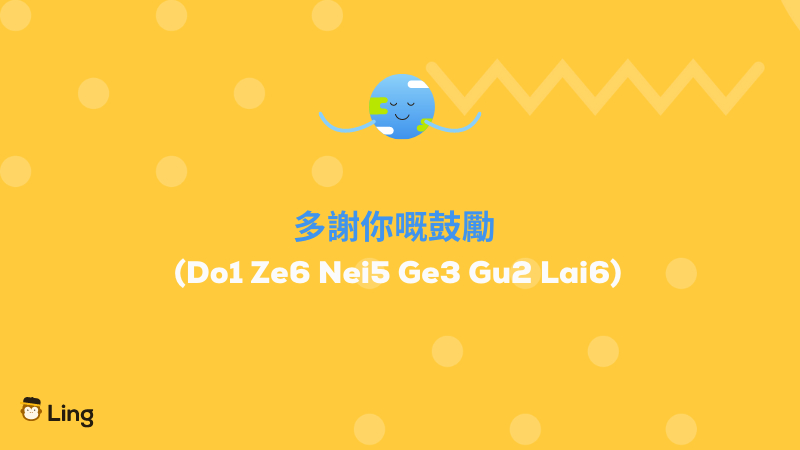
4. Do1 Ze6 Nei5 Ge3 Gu2 Lai6 (多謝你嘅鼓勵)
You will surely meet kind people along your journey. If someone said something nice to you or gave you a compliment that made you feel better, you can use this to express your gratitude. This means “Thanks for your kind words!” in English.
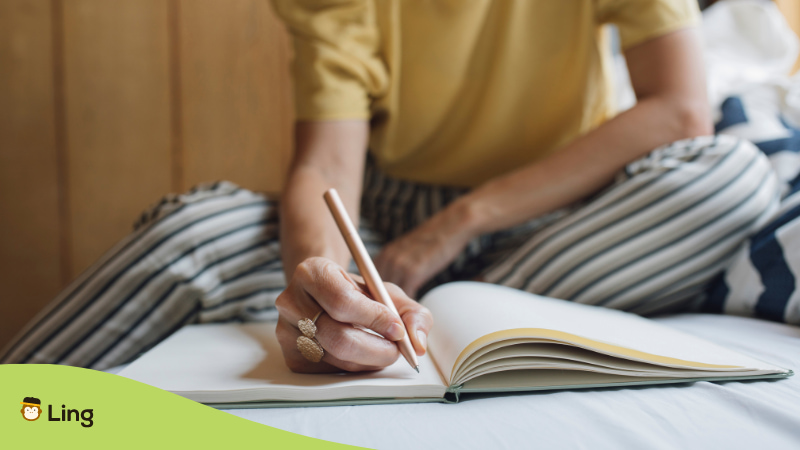
Is Xie Xie Mandarin Or Cantonese?
If you are planning to go to China, you might be hearing two ways to say “Thank you.” One in Mandarin and one in Cantonese. We all know that Mandarin is widely spoken all over China, so you can mostly hear “xie xie” (pronounced as syeh-syeh). The first xie starts high and drops by the end. The second xie is a neutral tone.
This works in any situation, and it is the most common way to express gratitude in Mandarin. And if by chance you were being thanked by others, it is nice to respond by saying “Bú kèqì” (不客气). This means “You’re welcome” in English.
Mandarin and Cantonese are both Chinese, but they are different dialects spoken in different places. If you want to learn more about the differences between Cantonese vs Mandarin, this is further discussed in another blog post. For now, it is important to know that “xie xie” is from Mandarin.
What Is The Right Way To Say Thank You In Cantonese?
Knowing the words to say does not mean they will automatically transform into skills. You should also consider the tones, gestures, and manner of saying it.
Chinese is one of the languages in which tones are really important, so always remember to study the tones used by Cantonese speakers. Tones can easily change the meaning of the word, so you have to be really careful. Native Cantonese speakers in Hong Kong also use handshakes when greeting foreigners. Be careful! This handshake is lighter than you used to, so don’t squeeze their hands. They might also lower their heads as part of their culture.
The right way to say “Thank you” in Cantonese lies with the given situation. As stated above, there are different ways of thanking someone. If you happen to be in those situations, it is nice to know how to deal with them. Remember, wherever you are, whatever you do, or whomever you would encounter, it is polite to make them feel appreciated. We usually use words to express our gratitude and appreciation, but empty words do not mean anything. You have to make them feel that you really mean what you are saying. Be sincere when you speak. Make sure it comes from your heart.
Planning to go to Hong Kong or any other country in the world? Make sure to pack many useful words but do not forget the word “Thank you.” Everyone loves the feeling of being appreciated. It will not hurt to express your appreciation to one another. In fact, it can make each other’s day even happier.

Learn Cantonese With Ling
What’s a better way to learn Cantonese with a language-learning app? There’s an amazing free way to ace your Cantonese skills. With the Ling app, you’ll not only learn reading, speaking, listening, or writing skills, but you’ll also recognize the tone and accent of Cantonese perfectly. There are 200+ amazing language lessons with grammar rules and fun, interactive puzzles. Sounds too good to be true? You better check the app yourself! Download Ling now on the Play Store or App Store and have the best time learning Cantonese!



































































